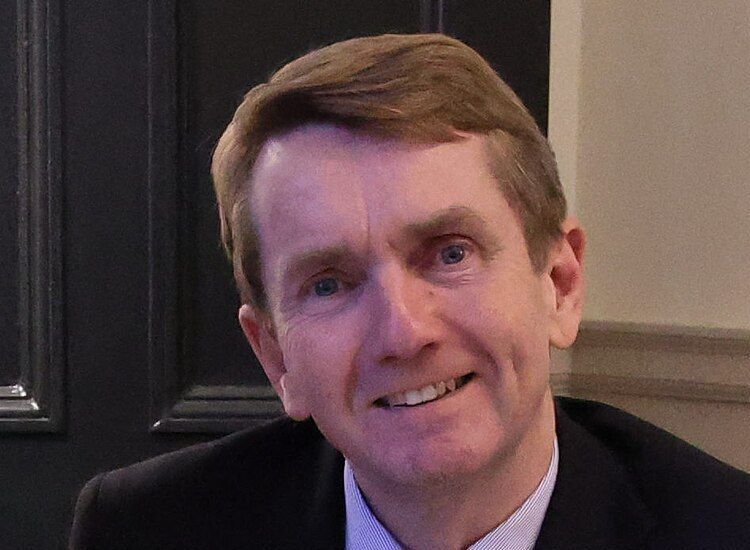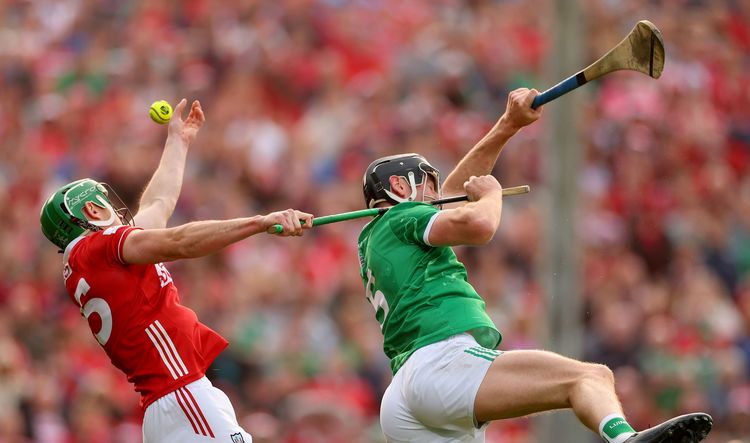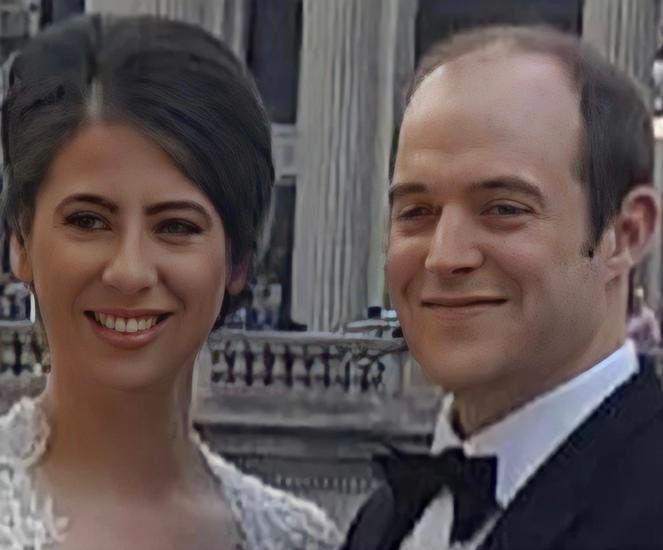Dr. David Brundage, the author of "Irish Nationalists in America," has taught at University of California, Santa Cruz, for more than 30 years.
Page Turner / Edited by Peter McDermott
Theobald Wolfe Tone made a trip to the United States in the run up to the 1798 rebellion in Ireland and he was none too impressed, either with the place or its people, who were “a churlish, unsocial race, totally absorbed in making money.” The Dubliner and some of his fellow Irish radicals were much more obviously inspired by and felt at home with the French variety of republican revolution than the American.
Tone’s brief visit to Philadelphia, nonetheless, is a natural starting point for scholar David Brundage’s survey history of Irish separatism and nationalism in this country; it concludes with the involvement of Bill Clinton’s White House in the Good Friday Agreement.
“Irish Nationalists in America: The Politics of Exile, 1798-1998” he said “explores the continuities and discontinuities in Irish-American nationalism over this 200-year period, as well as its impact on both Ireland and the United States.”
Said Professor Brundage, who has taught history at the University of California, Santa Cruz, for three decades: “I return again and again to the theme of Irish-American nationalists’ larger social vision, which sometimes expanded to embrace causes such as women’s rights or the abolition of slavery and at other times narrowed, rejecting what nationalists saw as ‘extraneous’ concerns and connections.”
In an Irish Times review, Chris Kissane said Brundage’s “research is fascinating and provocative” and that he “challenges us to rethink the history of Irish nationalism and its far-flung supporters, and to ponder its present and future.” In History Ireland, Joe Culley wrote that Brundage’s volume is “packed with telling detail and thought-provoking analysis.”
David Brundage
Date of birth: Aug. 9, 1951
Place of birth: San Francisco
Spouse: Susan Stuart
Children: 1 adult son, Jonah.
Residence: Santa Cruz, Calif.
Published works: My original training was in the field of U.S. labor history, and I was a co-author of the two-volume work, “Who Built America? Working People and the Nation’s Economy, Politics, Culture and Society” (Pantheon, 1989-92). One of my first forays into Irish-American history was a chapter I wrote for Ronald Bayor and Timothy Meagher (eds.), “The New York Irish” (Johns Hopkins University Press, 1996). Recently I’ve been doing research on the American connections to the Easter Rising. I contributed chapters on this topic in Miriam Nyhan Grey (ed.), “Ireland’s Allies: America and the 1916 Easter Rising” (University College Dublin Press, 2016), and Richard Grayson and Fearghal McGarry (eds.), “Remembering 1916: The Easter Rising, the Somme and the Politics of Memory” (Cambridge University Press, 2016).
What is your writing routine? Are there ideal conditions?
I find late afternoons are great for generating ideas and writing first drafts. Even if these are a bit mixed up, I can usually pull something out of them in the end. When I’m trying to do more finished or polished work, mornings are the best. Solitude and quiet are the necessary conditions for me. I could never write in a coffee house, like some of my graduate students do.
What advice do you have for aspiring writers?
Be prepared to revise, revise, and revise again. The first couple of drafts almost never do the trick.
Name three books that are memorable in terms of your reading pleasure.
The most important book in my field of Irish immigration history is Kerby Miller’s “Emigrants and Exiles: Ireland and the Irish Exodus to North America” (1985). Miller’s book is an incredible achievement and I’ve come back to it again and again over the years. Kevin Kenny’s first book, “Making Sense of the Molly Maguires” (1998), was a ground-breaking study of this shadowy organization of Irish-born anthracite miners in Pennsylvania in the heyday of the Robber Barons. It’s a terrific work of scholarship, but it reads like a detective novel. And for an actual novel that illuminates the Irish American urban working-class experience, it would be hard to beat Peter Quinn’s “Banished Children of Eve: A Novel of Civil War New York” (1995).
What book are you currently reading?
Since my wife and I are getting ready to travel to Vietnam. I’ve been reading David Lamb’s “Vietnam Now.” Lamb, who just passed away last year, had been a combat correspondent during the Vietnam War and returned to open the Los Angeles Times’s bureau in Hanoi in the late 1990s. The book is a truly insightful piece of journalism about a nation in the midst of major social and economic changes.
Is there a book you wish you had written?
See above, “Emigrants and Exiles.”
Name a book that you were pleasantly surprised by.
“Pleasant” is the wrong word, but I was surprised by the powerful effect that David McKittrick’s “Lost Lives: The Stories of the Men, Women and Children Who Died as a Result of the Northern Ireland Troubles” (2001) had on me. The subject might seem grim, but the deep humanity and moral integrity of this book make it shine.
If you could meet one author, living or dead, who would it be?
W.E.B. Du Bois. Not only a writer, of course, Du Bois was one of the great civil rights activists of the 20th century. I’ve recently been doing research on his connections to Irish nationalism in the early 1920s and rereading several of his books.
What is your favorite spot in Ireland?
Probably the Dingle Peninsula, the first place I visited in Ireland 30 years ago. But I’ve also enjoyed the urban vitality of Dublin, Galway, Cork, and even, on a recent trip, Belfast.










